
You know that Louis C.K. joke about wifi on airplanes? He says, “It’s fast, and I’m watching YouTube clips. It’s amazing—I’m on an airplane! And then it breaks down.… And the guy next to me goes, ‘This is bullshit.’” It’s so true.
Wifi on airplanes is absurdly cool, but only if it’s even available on your aircraft and only when it works. So I did some research for you, dear reader, and collected as much up-to-date information as I could to rank every major US airline’s wifi offerings.
Before we get into rankings, though, let’s talk about the technology that makes it possible in the first place.
How Does Airplane Wifi Work?
Some of the technology behind the miracle of airplane wifi largely resembles the gear that delivers wireless internet on the ground. Airplanes use many of the same towers and satellites that deliver data to our smartphones, connecting to towers on the ground, or to satellites, or to both.
Air-to-ground (ATG) connectivity is ostensibly faster, since the towers on the ground are closer. This is what Gogo primarily uses. Gogo is the company that linked to those AirCell phones you used to see in the backs of headrests. Now, it powers wifi on a majority of the major US airlines.
If you’re buying wifi on an airplane these days, there’s a good chance you’re buying it from Gogo, though it isn’t the only provider. Some airlines, like JetBlue and Southwest, manage proprietary wifi systems using other technology. Gogo is also increasingly using a newer technology called ATG-4 that takes advantage of multiple antennas—four of them, arranged strategically along the fuselage—to grab signals and offer faster speeds.

Chart via Gogo
The Gear That Makes It Possible
They may be using the same equipment that people on the ground use, but airplanes need to hold onto network signals as they zip through the air at around 550 miles per hour.
Because an airplane is moving through the stratosphere at such high speeds, the antenna must constantly maintain a connection to any given tower or satellite. It doesn’t help that the satellites themselves are orbiting the Earth at 18,000 miles per hour. At a certain point, the antenna will have to find a new tower or satellite. Some antennas do this with motors that pan and tilt to catch a signal. Here’s a fancy new two-panel Ku-band eXConnect antenna from Panasonic:

Image via Panasonic
Of course, strapping an antenna onto the top of a plane isn’t great for aerodynamics. The basic workaround for now is to stash it in a little bubble on top of the fuselage called a radome. While designed to be sleek, the radome inevitably creates drag and burns extra fuel. That means that airplanes carrying wifi equipment are slightly more expensive to operate—and that’s after the airline pays to install the equipment on the plane.
Here’s what that set up looks like on a Boeing 787 operated by United Airlines, which uses Panasonic antennas on some of its planes:

Image via United
Many companies are trying to come up with better solutions to the aerodynamics problem. One obvious solution is to build a better antenna with fewer moving parts that can sit right on top of the fuselage without a bulky bulge. Ideally, the antennas won’t move at all. Instead, these next-gen systems take advantage of beamforming, or spatial filtering technology, that uses multiple antennas to create a more focused and precise signal. Some of the best wifi routers for your home offer beamforming signal processing technology, too.
To cut down on drag even more—and hence save fuel—the challenge now is to make these antennas as thin as possible. For its newest and fastest service, Gogo is using an innovative 2Ku antenna, the Thinkom ThinAir Falcon Ku3030. At less than four inches thick, these antennas barely make a hump on top of the airplane. The overall design is also appropriately futuristic-looking, as you can see below.

Image via Gogo
In the near future, these antennas will be almost invisible from the outside of the plane. A company called Kymeta is developing an impossibly thin antenna for in-flight wifi that’s completely free of any moving parts. That means no motors and almost no drag. The finished product will be less than half an inch thick and so efficient, it can be powered with a regular USB cable. It kind of looks like a slim, pizza-sized hot plate:

Image via Kymeta
This isn’t supposed to be on the market for a few years.
The Antennae That Will Make In Flight Wi-Fi Faster
Fast isn’t really the right word to describe the majority of airplane wifi systems. Gogo’s current ATG standard, for instance, tops out at 3.1 Mbps. The connection on a 4G LTE-equipped smartphone, by comparison, is about ten times faster on the ground. The new ATG-4 technology peaks at 9.8 Mbps. Better! But still slower than the average terrestrial broadband speed of 11.1 Mbps—which is still slow compared to the rest of the world’s internet speeds.
However, ground-to-orbit connectivity is the way of the future. Although the signal must travel thousands of miles more to connect to satellites, the satellite connections allow for much greater bandwidth.
Using dual Ku-band antennas that connect to satellites, a new Gogo service promises to bring in-flight speeds of up to 70 Mbps. Ku refers to a specific band of microwave frequencies used in satellite communications, including those on the International Space Station. The “K” in Ku-band stands for Kurz, the German word for short, and the “u” stands for “under” meaning under the original K-band satellite frequency.
There is also a Ka-band spectrum. The “a” here stands for “above” and allows for higher bandwidth. JetBlue recently started offering more advanced Ka-band broadband on its flights through a partnership with Viasat, a company that makes broadband “super-satellites” that promise blazingly fast speeds.
It’s all relative, of course. Initial tests of JetBlue’s so-called “Fly-Fi” system clocked speeds as fast as 30 Mbps, though the average hovered around 15 Mbps. That’s still fast enough to stream music, place phone calls, and watch YouTube videos.
The next generation of in-flight wifi will be even faster. This year, Gogo is rolling out a brand new system called 2Ku. This setup uses dual Ku-band antennas—one to receive a signal from satellites and the other to transmit the signal from the aircraft to the ground. Gogo promises speeds up to 70 Mbps with the 2Ku system, but it’ll probably be a few months before you get to try it.
If you want to know more about the nitty-gritty details of the various different systems, Jalopnik’s Flight Club has a great explainer.
But which airline has the best tech right now? It depends. While JetBlue’s Ka-band Fly-Fi is currently leading the pack, the technology isn’t currently installed on the entire fleet. Meanwhile, Gogo’s new 2Ku service stands to eclipse the speedy speeds of Fly-Fi with multiple antennas and availability on multiple airlines.
Which Airlines Have the Best In-Flight Wifi
Here’s a hard truth: All in-flight wifi sort of sucks. First of all, you can’t know exactly what kind of wifi your plane will offer until you know your flight number. Then, even if you fly on an airline that promises wifi on all flights, each plane has different equipment installed. And even then, there’s a chance that equipment could be broken. You can check your flight’s wifi status on the airline’s website before you book or head to the airport. Then, you just have to hope for the best.
That in mind, here are details from the 9 major US airlines that offer wifi. (This list is specific to domestic flights; if you’re flying internationally, the check-the-website rule applies even more fiercely because international fleets carry different gear than domestic fleets. If an airline has good in-flight wifi on domestic routes, though, they’re probably good for international routes as well.)
I took three things into account when making this list: the likelihood that your plane would actually have wifi; the type of equipment powering the wifi; and its relative dependability, speed, and value. Here’s how the airlines stack up.
1. JetBlue

JetBlue’s wifi is probably the fastest in the sky. Its “Fly-Fi” uses the latest Ka-band technology from ViaSat and clocks in at around 15Mbps. However, there’s no guarantee it will be available on your plane. All of the JetBlue’s Airbus 321 aircraft and 80% of its A320 aircraft have it. The rest of the fleet should be equipped this year. Before you book, check to see if your flight has Fly-Fi on JetBlue’s dedicated website.
2. Virgin America

Virgin America wins out as the second best airline for wifi simply because the crazy-fast Gogo ATG-4 service is available on the airline’s entire fleet. (Virgin flies Airbus 319s and A320s.) The service will get even faster this year, as Virgin is a launch partner for Gogo’s new 2Ku service, though it’ll roll out on transatlantic flights first. Virgin America is currently the only airline with wifi on every plane—just hope it’s not broken when you fly. Gogo’s pricing is standardized at $5 per hour, $16 per day, and $60 for a full month pass (or $50 if you want that pass for just one airline). This pricing structure is the same for any airline that uses Gogo.
3. Delta

Delta is neck-and-neck with Virgin in terms of availability, since its entire fleet is wifi-equipped. There’s a spectrum of quality and speed, though. It’s all Gogo ATG and currently being upgraded to ATG-4. So for the widebodied Boeing aircraft and the Airbus A319s have the faster 2Ku-powered systems, and it will be rolled out to the rest of the fleet this year. Check your flight’s wifi status on Delta’s MyTrips website.
4. Southwest

Surprise! The fun-loving airline that once felt like riding a public bus through the sky has a pretty damn great wifi setup. Southwest’s proprietary system is notable because it works from gate-to-gate (for the most part). Southwest only flies Boeing 737 aircraft, and about a third of the fleet is equipped with Ku-band wifi provided by a company called Row44. For $8 a day, the wifi service is pretty fast, and since it’s satellite-based, the internet won’t cut out when you fly over bodies of water. You also get a bunch of free TV content when you connect. However, you could easily end up on a plane that’s not equipped with wifi, and not all of the wifi-equipped have power sources. Check your flight with Southwest’s wifi Finder.
5. Alaska Airlines

From here on out, pretty much every airline is using various versions of Gogo’s service, so it’s kind of a toss up. Again, it’s hard to tell exactly how slow it will be—and it will definitely feel slow compared to your wifi at home—but at least Alaska Airlines can guarantee service on every flight. (The entire fleet was supposed to be equipped with wifi as well as in-flight entertainment via Gogo by April 2015.) The airline is working on upgrading all of the equipment to Gogo’s faster ATG-4 offering, as well.
6. American Airlines

American Airlines (as well as its new partner US Airways) has pretty good wifi coverage across its fleet. It offers Gogo service on the vast majority of its aircraft but not on any of its regional jets. To see if your flight has wifi, American tells you to search the itinerary and look for a little wifi signal, which is kind of annoying but whatever. Good effort.
7. US Airways
Ditto on the the Gogo offering, as US Airways and American Airlines are now merging. It should be noted that Gogo passes purchased for US Airways will not work on American Airlines yet, but they’re working on it.
8. United
United’s wifi set up is insanely confusing. On flights from JFK to Los Angeles and San Francisco, you can get regular old Gogo service. But on other flights you might get United’s own proprietary wifi service, which will only tell you the price once you go to connect. But you might get lucky and score Ka-band wifi on some 747s and Airbus widebody jets. (This wifi is apparently great, by the way.) And then DIRECTV is somehow involved. It’s so confusing. Check your flight’s status here.
9. Air Canada
Long story short, whether your Air Canada flight has wifi is a tossup. If it does, it’ll be provided by Gogo, and then, it’s a tossup whether you get the sort of newer, less slow system of the old crap.
Illustration by Adam Clark Estes / Shutterstock

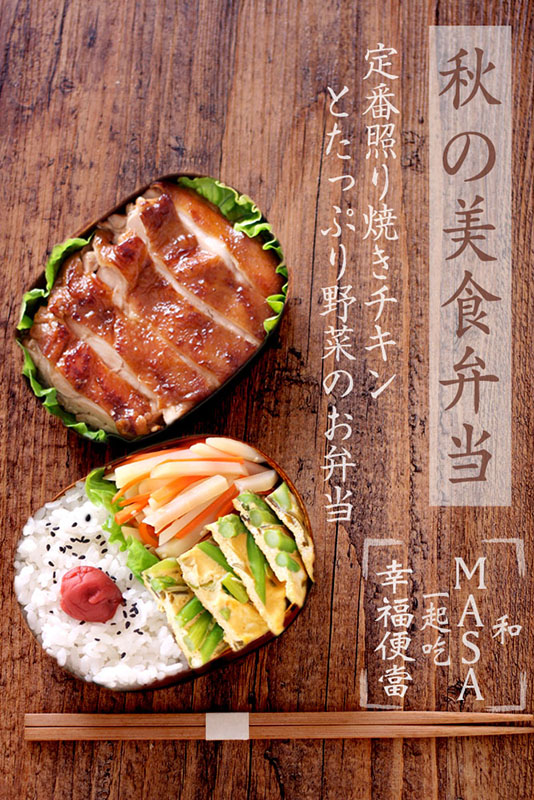


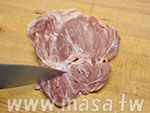
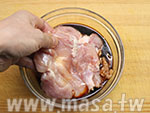
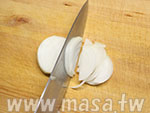
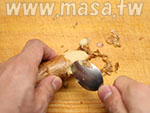

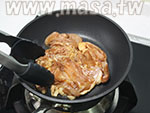
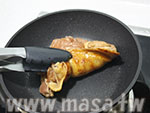
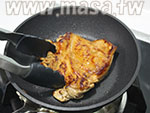
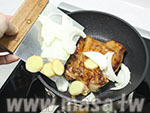
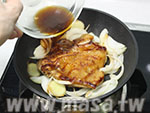
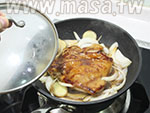
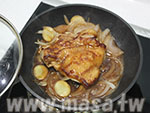
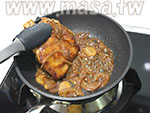

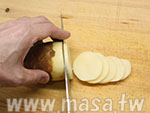

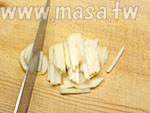

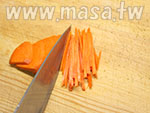

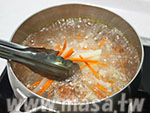
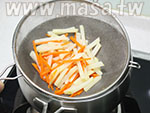



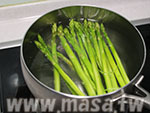
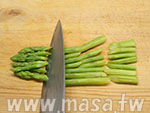






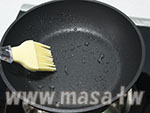
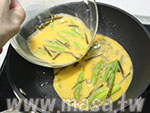
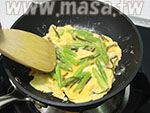
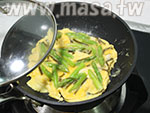
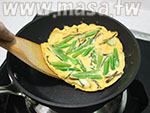
 有兩個選擇。1. 先所有的料理冷卻後再裝。 2. 或先裝好讓它冷卻後再蓋起來帶出去。如果食物還溫的樣子蓋起來。盒子內太燜,到中午時候食物容易壞掉。除非您用保溫便當盒類,一定要冷卻喔!
有兩個選擇。1. 先所有的料理冷卻後再裝。 2. 或先裝好讓它冷卻後再蓋起來帶出去。如果食物還溫的樣子蓋起來。盒子內太燜,到中午時候食物容易壞掉。除非您用保溫便當盒類,一定要冷卻喔!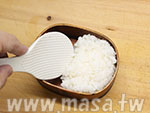
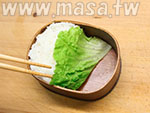
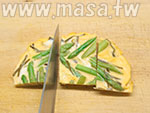
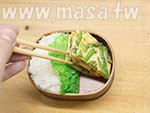
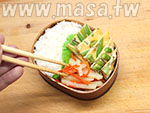

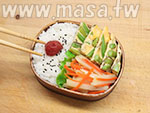
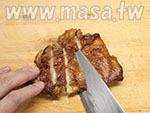
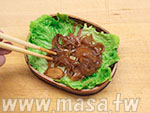
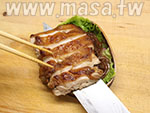
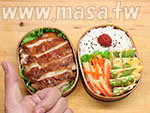
 **請注意! 雖然秋天如果氣溫很高的話食材還會容易壞掉。自製的食物沒有加入防腐剤類的添加物。如果天氣太熱怕東西壞掉,做好的食物跟幾包保冷剤放在保冷袋一起保存。也不要放太久,中午到了馬上吃掉!每個國家的氣候,狀況不一樣。請各位自己好好責任管理食物喔!! o( _ _ )o 謝謝您的合作。。
**請注意! 雖然秋天如果氣溫很高的話食材還會容易壞掉。自製的食物沒有加入防腐剤類的添加物。如果天氣太熱怕東西壞掉,做好的食物跟幾包保冷剤放在保冷袋一起保存。也不要放太久,中午到了馬上吃掉!每個國家的氣候,狀況不一樣。請各位自己好好責任管理食物喔!! o( _ _ )o 謝謝您的合作。。






























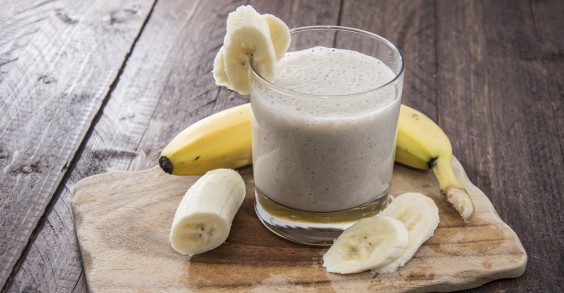
 Photo: Oh She Glows
Photo: Oh She Glows
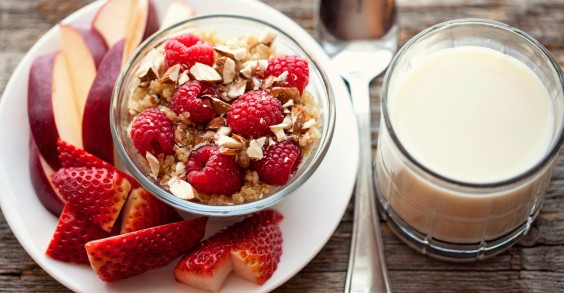
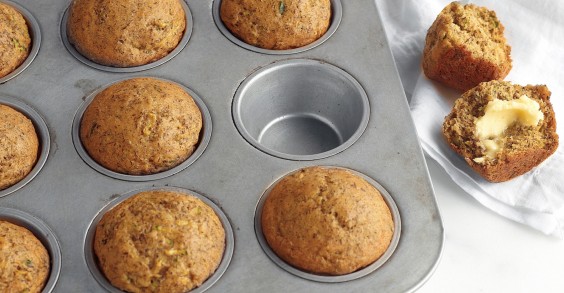 Photo: Martha Stewart
Photo: Martha Stewart
 Photo: Glow Kitchen
Photo: Glow Kitchen

